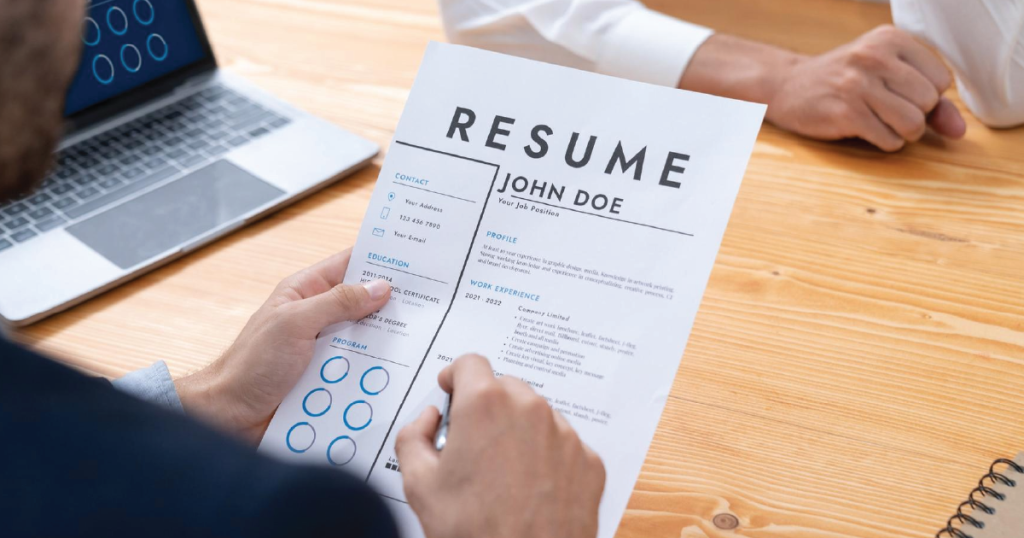
In today’s dynamic business landscape, managing a multigenerational workforce presents both challenges and opportunities. Organisations in Singapore are increasingly tapping into generational diversity to drive innovation, foster collaboration, and achieve business success. But how can companies create a workplace where employees of all ages thrive? By recognising the unique traits of each generation and adopting tailored strategies, employers can unlock the collective potential of their diverse teams.
Identifying Generational Differences
A multigenerational workforce typically includes Baby Boomers, Generation X, Millennials, and Generation Z, each with distinct values and work preferences. Baby Boomers, for example, often value loyalty and thrive in structured environments, while Millennials and Gen Z favour flexibility and purpose-driven roles. Recognising these differences is essential for preventing misunderstandings and promoting mutual respect. Working with a recruitment agency in Singapore can help businesses identify talent that aligns with their organisational culture and appreciates generational diversity.
Fostering Intergenerational Collaboration
Creating opportunities for collaboration between generations can yield remarkable results. Cross-generational mentorship programmes, for instance, enable experienced employees to share their insights, while younger workers bring fresh ideas and technological expertise. These initiatives foster knowledge transfer and contribute to a harmonious work environment. By adopting effective multigenerational manpower management, companies can facilitate diverse project teams through contract staffing, ensuring a blend of perspectives that drives innovation and strengthens teamwork.
Adapting Communication Styles
Effective communication is at the heart of managing a multigenerational workforce. Research reveals that 65% of Millennials and Gen Z prefer digital mesaging and social networks, while Baby Boomers tend to favour face-to-face conversations. Recognising these preferences allows companies to tailor communication methods for better clarity and engagement. Executive recruitment can assist organisations in finding leaders adept at bridging generational gaps and creating an environment where all employees feel heard, valued, and connected.
Addressing Generational Conflicts
Generational conflicts can emerge from differing priorities or misunderstandings. Employers should proactively address these issues by implementing strategies such as workshops on generational awareness or conflict resolution through mediation. Additionally, companies should adopt inclusive workplace policies that help minimise conflicts and foster mutual respect across generations, creating a more harmonious and collaborative work environment.
Leveraging Generational Strengths
Each generation brings unique strengths to the table. Baby Boomers offer valuable institutional knowledge, Generation X brings adaptability, Millennials contribute tech-savviness, and Gen Z offers fresh perspectives. By recognising and harnessing these strengths, organisations can drive creativity and innovation. Whether through permanent recruitment or temporary staffing, businesses can build a multigenerational workforce that thrives on its diversity, leading to enhanced performance and a more dynamic work environment.
Managing a multigenerational workforce effectively requires intentional effort but yields immense rewards. By embracing generational diversity, promoting collaboration, and addressing challenges with tailored strategies, organisations can build an integrated workplace that fosters success and drives long-term growth.
With Adecco’s expertise, navigating workforce diversity becomes seamless. From recruitment to job tailoring, we provide customised HR solutions designed to help your organisation thrive. Get in touch today, and let’s build a workplace that sets the standard for generational harmony and success!
Frequently Asked Questions
1. How can organisations measure the success of their multigenerational employee management strategies?
To measure the success of your strategies, track key metrics such as employee engagement, retention rates across different generations, productivity levels, and the effectiveness of intergenerational collaboration. Regular employee feedback surveys and performance reviews can also provide valuable insights into how well generational differences are being addressed and if the work environment feels inclusive for all age groups.
2. What role does leadership play in managing a diverse workforce?
Leadership is crucial in guiding a generationally diverse workforce. Leaders must be adaptable and open to learning about the values and preferences of different generations. Effective leaders set the tone for inclusion, ensuring clear and equitable communication, fostering a culture of respect and collaboration. Leadership development programmes focused on multigenerational awareness can help leaders bridge generational gaps and create a more cohesive work environment.
3. How can businesses attract a cross-generational workforce during the recruitment process?
Businesses should create job listings and employer branding that appeal to various age ranges to attract an age-diverse workforce. They should highlight flexible work arrangements, opportunities for career development, and a commitment to diversity and inclusion. Additionally, they should tailor their recruitment process to appeal to different generations. Older candidates might value stability and long-term growth, while younger candidates may seek innovation and work-life balance.










